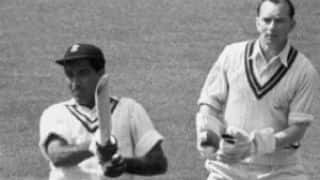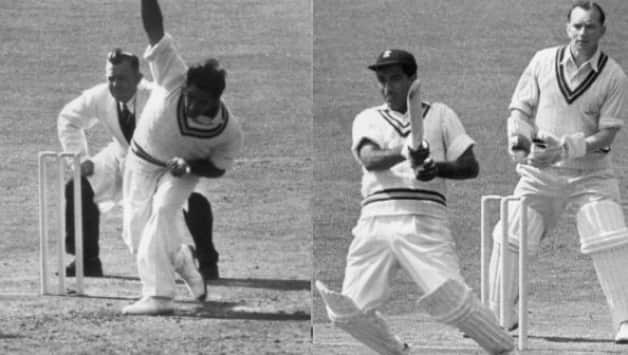Gulabrai Ramchand occupies an important place in the evolution of Indian cricket. Emerging in the 1950s, he offered something relatively rare in that era: a middle-order batsman who combined grit with attacking intent, a useful medium-pace bowler, and a leader who helped shift the team’s mentality toward greater competitiveness. His influence extended well beyond the runs and wickets he accumulated; he helped shape attitudes and standards that benefited Indian cricket for decades.
A forceful presence in the middle order, Ramchand was known for positive strokeplay at a time when many batting approaches were defensive and circumspect. He could seize the initiative, put bowlers under pressure, and change the momentum of an innings. Complementing his batting, he bowled medium pace when called upon and was an agile, reliable fielder — attributes that made him a valuable all-round contributor and a flexible option for captains looking to balance their side.

Leadership suited Ramchand’s temperament. As captain of India, he was admired for his energy in the field and clarity of purpose. He favored an enterprising approach — not only in batting, but also in team selection and field settings. He backed young and untested players, giving them opportunities to prove themselves at the highest level. This willingness to trust and nurture emerging talent helped professionalize team culture and encouraged a new generation to play with freedom and self-belief.
On the domestic front, Ramchand was a fixture of the Ranji Trophy and other first-class competitions. His consistent performances and readiness to shoulder responsibility made him a pillar of whichever side he represented. In the pre-television, pre-commercial era of Indian cricket, senior domestic players like Ramchand played a vital role in sustaining standards and mentoring younger teammates. His example — in preparation, temperament, and work ethic — set a template that many aspirants sought to emulate.

Ramchand’s on-field contributions were matched by his off-field commitment. After retirement, he continued to serve the game as a mentor, coach, and advisor. Whether through formal selection duties, coaching assignments, or informal guidance, he passed on the practical lessons of international cricket to those who followed. This transfer of experience helped bridge the gap between an earlier amateur era and the gradually more professional approach that Indian cricket later adopted.
Perhaps the most enduring aspect of Ramchand’s legacy is cultural: he helped normalize a more positive, aggressive style of play for Indian batsmen. His example showed that Indians could adopt attacking instincts without sacrificing discipline — a belief that gradually filtered into the wider cricketing psyche. He also reinforced the importance of athleticism and sharp fielding, qualities that modern cricket increasingly rewards.
It is also worth noting the broader symbolic role that players like Ramchand played in a newly independent India. Representing the country on foreign tours and against established cricketing powers, they carried not just sporting expectations but a sense of national pride. Ramchand’s combative style and leadership under pressure contributed to the belief that Indian cricket could compete with dignity and determination on the global stage.
Remembered by teammates and cricket historians alike, Ramchand combined tangible skills with intangible leadership qualities. He was the sort of senior professional whose presence uplifted colleagues and whose approach to the game helped shape team culture. While individual statistics tell part of his story, the broader impact lies in the attitudes he encouraged: belief, enterprise, and the courage to back young talent.
In sum, Gulabrai Ramchand’s place in Indian cricket history rests on more than specific innings or bowling spells; it rests on the example he set. As an aggressive middle-order batsman, useful medium-pace bowler, energetic fielder, and forward-thinking captain and mentor, he played a formative role during a crucial period of India’s cricketing development. His legacy lives not only in record books but in the generations of players who adopted a more positive, competitive mindset — a contribution that remains a meaningful part of India’s cricketing foundation.






